(Arctic Fox) trap alarm based on LoRa Adafruit
21 April 2021 2:48pm
4 May 2021 9:50am
I realised I actually had a piece of FR-4 fiberglass (perfboard) lying around so I used this as mounting plate. I have also tried fixing the magnet (reed) switch to the plate to hold it in place at the bottom of the box. Will do some neater cable managing as I get the remaining parts. I will try to fit a lipo solar charger next to the radiofeather. I realised that it will be hard to attach USB plugs (for reprogramming or diagnostics) but have ordered some cables with angled plugs hoping they will fit.
I am still considering an additional reed switch as a on-off switch.
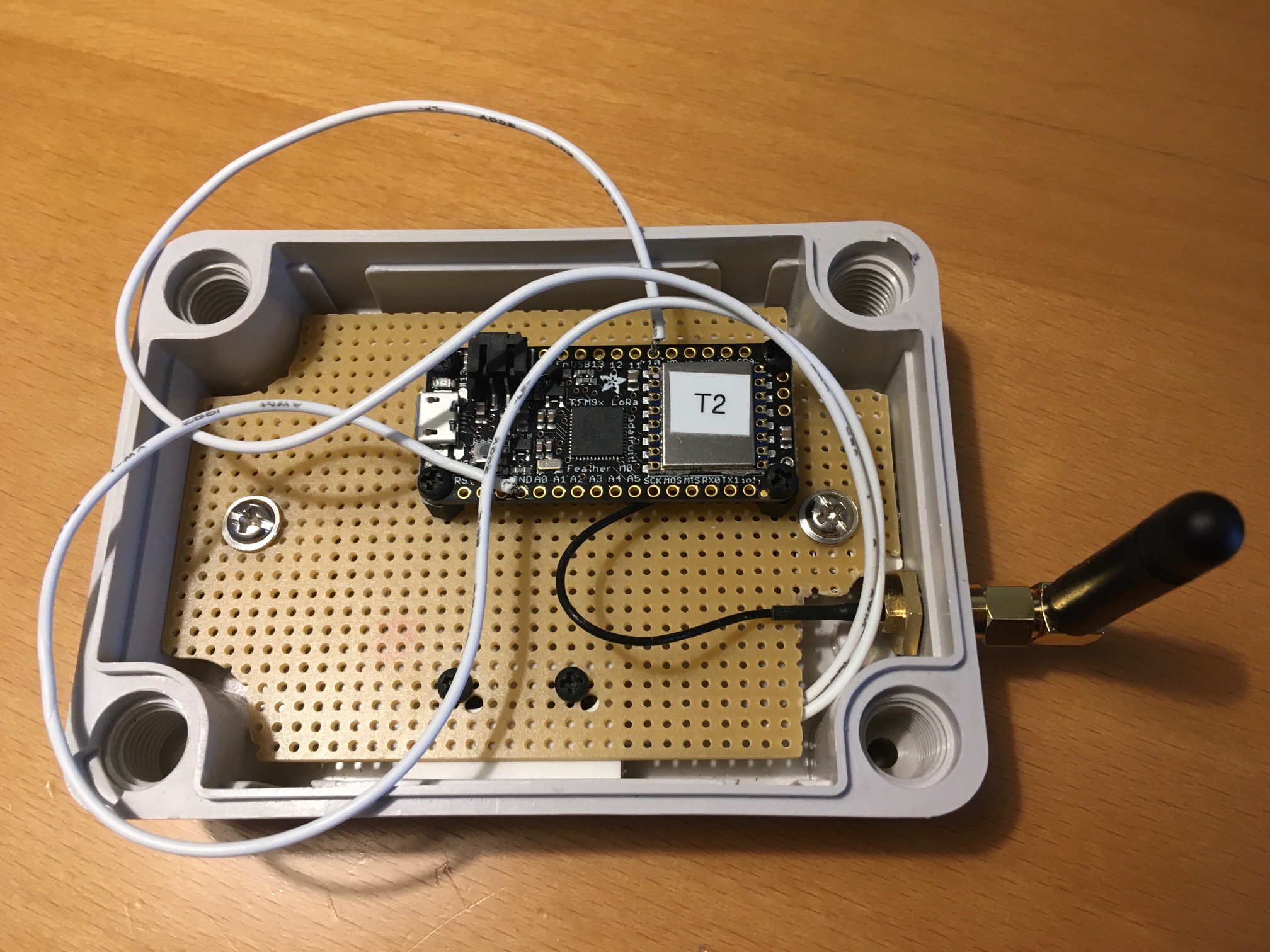
20 May 2021 2:41pm
Almost done with the trap alarms.
I added an additional buzzer (with internal circuitry) to get more noise. The added benefit is that the slightly different tunes creates interference that makes the sound much more annoying ;)
I added magnetic on-off switches to all units (under the power managiing unit). The trap release reed switch is located on the other side. I raised the base plates a bit to make room for the lipo batteries underneath them.
Still need to do some more testing on power usage and reliability. I managed a range of 2.5 km, but I believe I could get more when I find a place with better line of sight. I will try to test it over water at a fjiord.
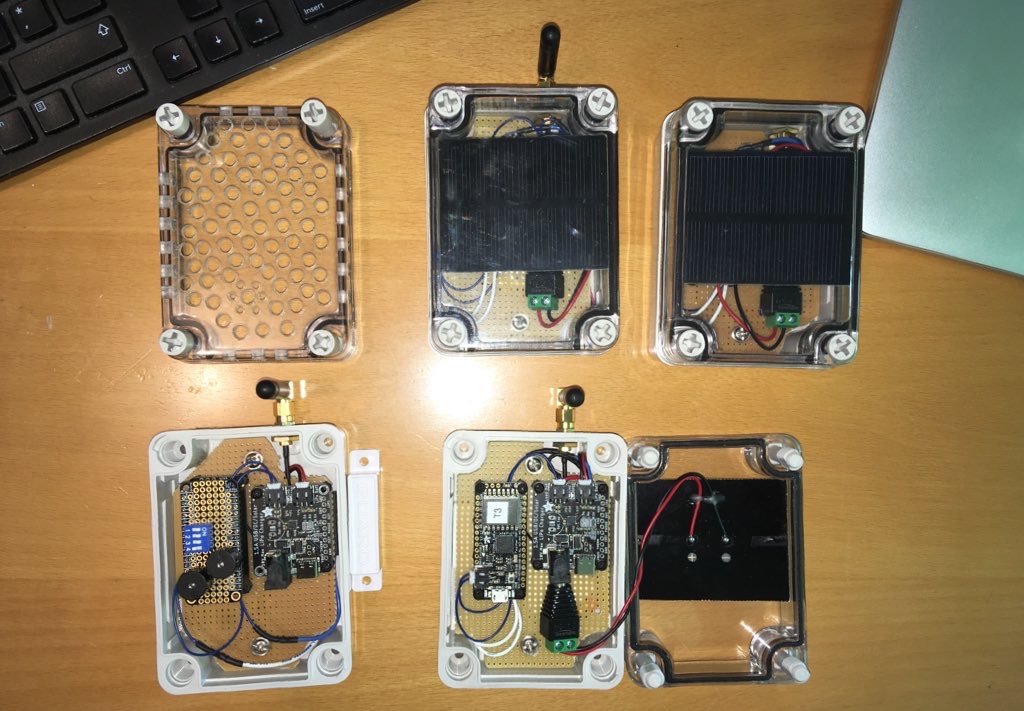
Webinar: Implementing SMART in the Marine Environment
 SMART
SMART
20 May 2021 12:00am
It Takes a #Tech4Wildlife Community
 Ellie Warren
Ellie Warren
17 May 2021 12:00am
Announcing the 2021 CLP Team Award Winners
 Conservation Leadership Programme
Conservation Leadership Programme
17 May 2021 12:00am
Wildlife Trafficking Detection Tools
16 May 2021 10:51pm
PhD Survey - Use of genetic tools in aquatic invasive species management
12 May 2021 3:25pm
Tools similar to BirdNet for analyzing avian recordings?
13 May 2020 5:03pm
24 April 2021 8:50am
Almost a year since the original post, but just commenting that I've been having some pretty good success with BirdNET which has been working fine in the past few weeks I've been using it.
7 May 2021 6:51pm
Dear Thomas I'm really interested by your experience, how did you use birdnet?
I would like to monitor a area for a certain amount of time with birdnet automatically identifying the bird around, is it possible to do that? Or did you record a sound bird for a while, then transfer the audio file into bird net and manually identify each bird sound?
All the best, Antoine
11 May 2021 9:25pm
Tessa Rhinehart has developed a great compilation of bioacoustic analysis platforms, software, etc. with basic functionality on each. It's openly-available on Github -https://github.com/rhine3/audiomoth-guide/blob/master/resources/analysis-software.md.
I personally use RavenPro (from the Cornell Lab of Ornithology), Kaleidoscope (from Wildlife Acoustics), and Arbimon (from Rainforest Connection) in different capacities. I've also heard good things about PAMguard (developed firstly in the marine mammal community) and Sonic Visualizer.
BirdNET on local Windows machine?
18 September 2020 9:44am
26 October 2020 3:29pm
Got it running on Linux now.
9 May 2021 2:49pm
Dear Robin,
So what is your workflow regarding the utilisation of birdnet to analyse sound bird?
All the best,
10 May 2021 8:13am
Dear Antoine,
collect sound data (.wav) with the audiorecorder (audiomoth) of your choice.
Point the script https://github.com/kahst/BirdNET-Lite to the location of
your data storage (MicroSD) attached to the Linux machine, wait one day and see the magic happen ;-)
Greetings,
Robin
Camera traps in the tropics: no detection of wildlife visits
12 April 2021 9:57am
3 May 2021 9:26am
Hi!
the distance varies depending on where it's possible to position the camera, but the mean distance is around 2.5m. Which for rats might be to distant.
Unfortunately we can't install a cctv system.
Thank you.
7 May 2021 1:33pm
Hi Patricia,
I think this is likely an issue with the PIR lens positioning. The PIR has detection zones that are designed to maximise image capture of things moving a certain distance away.
A quick fix would be to have the camera trap placed directly above the nests looking straight down. I have seen someone doing this on twitter for invasive species on islands but haven't been able to re-find the tweets.
I would use a rat substitute for testing, like a tennis ball on a stick. Warm this up in the sun and then insert into the field of view and check if the camera has captured it. You could try this in different orientations and angles to see where the detection zones might be.
Best wishes,
Sam
8 May 2021 6:19pm
Hello
I understand how frustating that can be....I would try with the camera closer. 2.5m seem too far away for rat...specially that it must have some vegetation between. Also think that the suggestion of putting the camera above the nest facing down is also a great idea...
Best of luck...
Recommendations for a waterproof microphone for bats and birds?
20 April 2021 9:01am
26 April 2021 7:30am
Thank you, Akiba! If we go down the road of constructing the outer casing ourselves, we will consider this advice! Right now we were hoping a bit more for an off the shelf model.
Cheers!
26 April 2021 11:59am
No problem. Good luck with your project :)
Akiba
7 May 2021 2:06pm
I didn't see this post until the digest came out, but if you still need some comments...
I suggest asking this question on one of the sound recordists forums. The people on [email protected] are generally quite knowledgeable on microphones and protecting them...and quite friendly :) Ivano Pelicella (Dodotronics) monitors that forum and will happy to chime in if you have a question on their mics. Or you can email him.
Regarding the Momimic...it uses the Knowles FG23629, but I see what you mean about the lack of much specs. This is their datasheet, if you don't have it - https://www.digikey.com/en/products/detail/knowles/FG-23629-D65/810005
The Momimic seems like a good choice for what you described and it's off the shelf, although I haven't used it personally. Maybe email Ivano for some help.
Good luck! I hope you will be posting your progress and results!
Getting Started with Conservation Dogs: An Interview with Paul Bunker
 Paul Bunker
Paul Bunker
7 May 2021 12:00am
COVID-19 & Conservation Tech Survey - Input Needed!
3 May 2021 6:55pm
5 May 2021 8:41pm
COVID-19 & Conservation Tech: The Story So Far
5 May 2021 12:00am
The Detection Dog Methodology - Rogue Detection Dogs - Video
4 May 2021 12:57am
Announcing the Conservation Technology Award
 Conservation Technology Award
Conservation Technology Award
4 May 2021 12:00am
Reducing wind noise in AudioMoth recordings
23 June 2020 2:26am
23 June 2020 2:40am
Hi Daniella,
I don't know specifically about AudioMoth, but people have had very good results reducing or eliminating wind noice on things like GoPros or iPhones, etc. using simple Microphone Windscreen foam. You can buy ones for headsets and the like pretty cheap (10 for $1 for the little ones). You can just cut them up and either tape them in place on the inside of the case or rubber band them on the outside.
Also, if the sounds you are trying to extract are still audible, but hard to pull out of the noise, you might also be able to post-process the wind noise out. Wind tends to be heavy in low frequencies, so depending on what you are looking for you might be able to just filter the lower frequencies out, or use an open source tool like Audacity. But if your signal is buried deep within the noise, these tools might also corrupt your target signal.
Hope this helps.
Drue
29 June 2020 5:55pm
I second what Drue said on both fronts. Using a windscreen for any microphone is really helpful in reducing wind interference. For the Audiomoth's size, you could probably use a lavalier mic windscreen of some sort inside your case. I post-process wind interference out sometimes using bandpass filters in RavenPro (cutting out low frequencies <1kHz usually gets most of it at the site I work at) but this will depend on the frequencies of your target sounds.
28 April 2021 8:39pm
furry "dead cat" covers and blimps work best for cutting down wind noise, and a very good spectral noise repair tool, though it's paid, iZotope RX8. There is a de-wind module, but you can also teach it what to repair. I believe Davinci Resolve and Adobe Audition might also have wind reduction tools, but my go-to is iZotope RX8.
What would an open source conservation technology toolkit look like?
23 March 2019 1:50am
28 April 2021 1:58am
Hi Akiba, [not sure if I'm on the right thread]
The Open-Source Tech Toolkit would need a repository for designs & specifcations. Regarding the latter, I'm a Technical Editor for a specification company. The format we use for the architecture & construction industry is suitable for any discipline [e.g. teaching students how to write a spec using our format/proforma they're given a task to write "how to tie their shoe laces"].
A specification defines qualities & standards (e.g. ISO, IEC). Drawings illustrate locations & quantity. Drawings are normally referenced back to the specification clauses.
I'd like to write an example of a specification for the Wildlogger, which will cover the many options for sensors, including references to approved/tested sensors and [if necessary] how they should be calibrated.
Looking over the horizon, what is the best repository for such Toolkit drawings and specifications?
If demand was large enough, and funding available, the company I work for could host the specifications and I'd maintain them full-time: There would be many advantages using our database over MS Word-based system.
Best Regards,
Nigel
28 April 2021 2:50am
Hi Nigel.
That's a very kind offer. I think currently github is the main repository I use for those kinds of documents. I like your idea and it'd be great to expand WildLogger out to a full featured data logger. The original intent of the design was as an educational tool to learn the programming concepts, but I didn't expect that people would deploy them in actual scientific applications. It's really cool.
As for specs and hosting, I'd actually prefer to keep them on github which is a popular platform and gets around the funding side of things. I've dealt with formal software specs and requirements in a previous corporate life but I think the scope of many of the projects we are undertaking is small enough that formal specs might not be needed. For the scale you're thinking, you might want to discuss with the Society for Conservation Biology or the larger organizations that are trying to plan out a roadmap for conservation biology.
Akiba
28 April 2021 10:52am
Hi Akiba,
Just found out from the marketing dept at my work the cost to host multiple specs - very expensive [$NZ 7K-10K].
Host it on GitHub for starters then. I'm a newbie to GitHub, so it's an opportunity to become familiar with it.
I'll begin by drafting a specification for the the Wildlogger with various peripherals/sensors other groups are testing for different scientific applications. It would be a standalone document in MS Word with hyperlinks to other docs, electronics suppliers, methodologies e.g. for calibrating sensors etc.
The doc will evolve over time, no doubt inform future development for the Wildlogger, possibly resulting in new variants. Knowledge won't be lost in the ether.
Nigel
Mapping natural capital on global food trade
28 April 2021 9:41am
WWF: Carnivore Collaring in Zambia
 World Wildlife Fund
World Wildlife Fund
28 April 2021 12:00am
Survey: COVID-19 and Conservation Tech
23 April 2021 12:00am
New Papers: Methods in Ecology and Evolution
 British Ecological Society
British Ecological Society
23 April 2021 12:00am
Competition: Hack the Planet 2021
 The Commonwealth
The Commonwealth
23 April 2021 12:00am
New Papers: Remote Sensing in Ecology and Conservation
 Remote Sensing in Ecology & Conservation
Remote Sensing in Ecology & Conservation
22 April 2021 12:00am
Volunteer 3D Design Work (Simple) for Your Open Source Project!
19 April 2021 10:44pm
21 April 2021 7:23pm
Amazingly nice offer! Thanks!
I know how projects can sometimes be stressful. I had a bit of that feeling lately when having to figure out how to code a trap alarm my boss let me spend a lot of money for materials for.
Spypoint Force Dark Camera Trap Screen Broken
21 April 2021 9:48am
21 April 2021 2:40pm
Hi.
Apparently it's a common problem with Spypoint cameras. I recommend checking out this thread and testing out the reboot procedure.
Akiba
Webinar: Mission Possible: Deployment
 Wildlife Acoustics
Wildlife Acoustics
21 April 2021 12:00am
Webinar: Acoustic Tag Technologies and Applications
 The Discovery of Sound in the Sea
The Discovery of Sound in the Sea
20 April 2021 12:00am
BirdCLEF 2021 Kaggle Challenge
 The Cornell Lab of Ornithology
The Cornell Lab of Ornithology
19 April 2021 12:00am
Wildlogger for freshwater monitoring
15 April 2021 2:00am
15 April 2021 10:34am
Hi Nigel.
At the moment, I don't know of any other groups doing water monitoring. @JAL is doing a cave monitoring project. The DS18B20 is a nice sensor. It was the original sensor I was going to use for the Wildlogger kit before switching to the DHT11. One thing is that you may need to test how waterproof it actually is. When I took them apart, there was just a heat shrink tubing seal to the DS18B20 with exposed pins inside the stainless steel tube.
I haven't had the chance to play with a DO sensor yet, but definitely hoping for more info once you deploy. It sounds like a fascinating project.
Akiba
17 April 2021 2:46am
Hi Nigel,
Are you interested in attended or unattended monitoring? You can take inspiration from openctd, also the cave pearl project which has a few variants. IMO the atlas instruments are probably the safest way to go. Water quality sensors are frightfully expensive, and even Atlas sensors are spendy in my book.
I heard there was a chap calibrating DS18B20 units (NIST traceable) for USD20 or so, that would partially remove the accuracy issue (the 18B20 is accurate to 0.5degC only). The 18B20 can come already waterproofed which is convenient.
Ecognize: A platform for environmental and conservation issue reporting
8 April 2021 11:47pm
16 April 2021 10:52pm
Update (April 16): I just open-sourced the code at https://github.com/ecognize-hub/ecognize. I released it under the Apache 2.0 license so it can be used for pretty much anything, including commercial use.




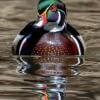

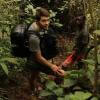

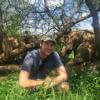
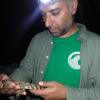



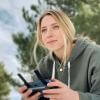
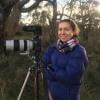




26 April 2021 7:03pm
Hi and thanks for your tips, Akiba!
I was actually thinking about the little greenhouse effect today when leaving the box in the afternoon sun. It is a rather cold environment in Greenland were I will deploy these though, so I may be OK. I can always give the tops a bit of white or silver paint. For the base station, I like to be able to see the LEDs directly on the board. This will also not be left out in the sun.
I will try to get some 2mm acrylic sheet for the mounting plate, thanks!
Cheers,
Lars